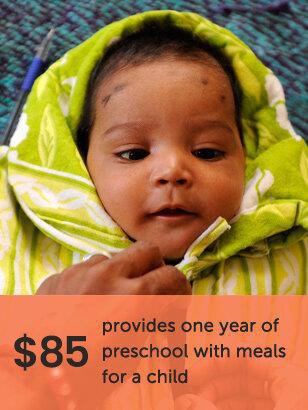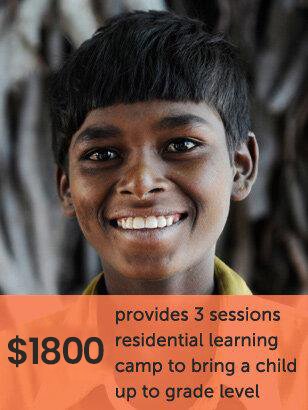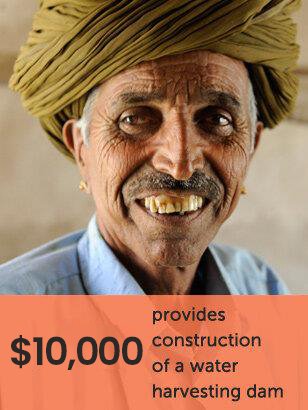The Impact of Seva Mandir
Every year, as a result of Seva Mandir’s efforts, 12,000 disadvantaged children receive a quality education; 8,000 women and children out of reach of hospitals are offered critical health services; thousands more families achieve food security and sustainable livelihoods through the rehabilitation of hundreds of acres of land; and 9,000 women move closer to gender equality and financial independence through women’s groups and lending cooperatives. This work is largely accomplished through forging bonds with and empowering villagers who have demonstrated grassroots leadership abilities. Volunteer and visiting scholar, Firouz Ardalan, spent two years with Seva Mandir observing and interviewing local agents of change and in 2015 brought their voices to a broader audience in his book, Silver Fodder. The following excerpts capture a few of their remarkable stories.
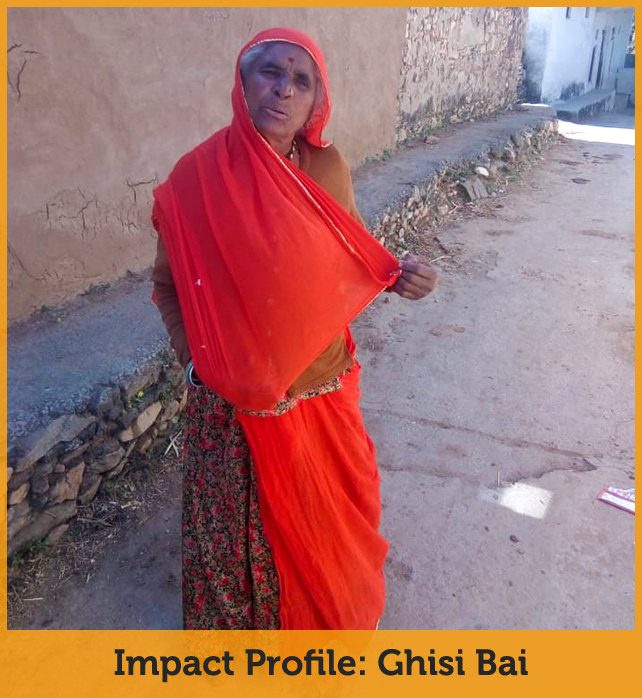
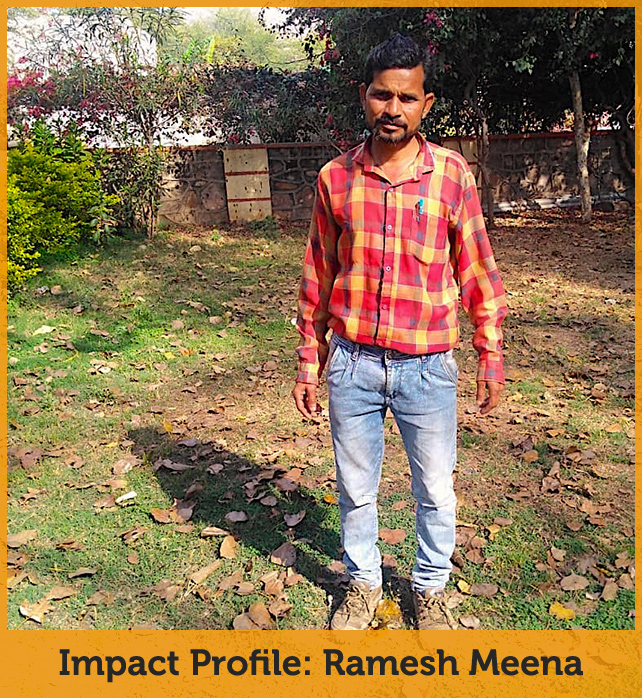
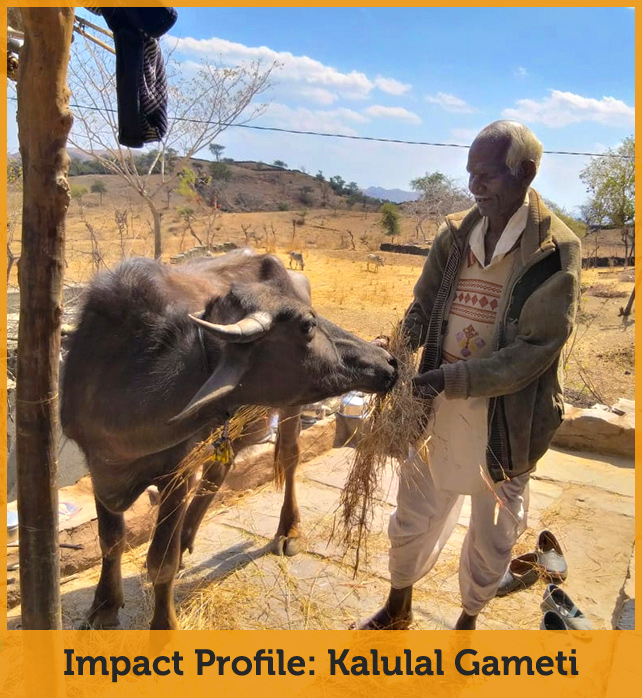
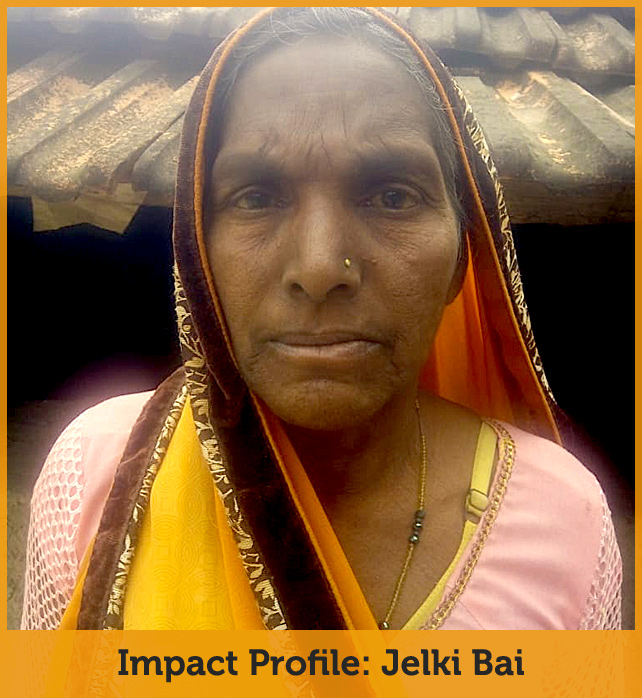
Unlike in the US, where many nonprofit organizations are narrowly specialized in terms of population served and development focus area, the approach at Seva Mandir is comprehensive, addressing a network of critical needs in support of individuals across the entire lifespan while also prioritizing work at the community level. Each piece of programming at Seva Mandir connects vitally with all of the others, generating a scaffold of interlocking positive impacts that constitutes both a social safety net and a ladder of opportunity.
For example, Seva Mandir’s Early Childhood Care & Development program uses UNICEF’s ‘1,000 day’ approach to enhance the likelihood a baby will survive its first 5 years by employing local women as Balsakhis (Friends of Children). They are ante & post-natal health workers, which not only raises their own sense of value within the community but also provides income to help support their own families. These women receive professional training and a structure for collaboration through Seva Mandir, which is the very same organization that maintains accessible day care centers and primary schools so they can work without sacrificing their own children’s well-being. Teachers in Seva Mandir-administered education programs come also from the community and have often been recipients themselves of scholarships derived from funds generated by Community Forum initiatives, such as water retention projects for instance that facilitate fish farming ventures, livestock sustenance and/or agricultural yield expansion. The circle of connecting positive impacts is complex and grows wider with every year Seva Mandir renews its commitment to sustainable development of such depth and scale.
With an annual budget of over four million dollars, Seva Mandir relies on a mix of private and public funding to accomplish its mission. In a region where the average individual lives on roughly 20 Rupees, or the equivalent of 35 cents per day, donations to Seva Mandir from the US have an outsized impact on program investment potential, both in terms of purchase power and by virtue of being flexible as to use. Whereas most Indian government funds and contributions from national corporations are tied to specific programs, foreign giving can be applied directly to emerging priorities and provides Seva Mandir invaluable flexibility.


